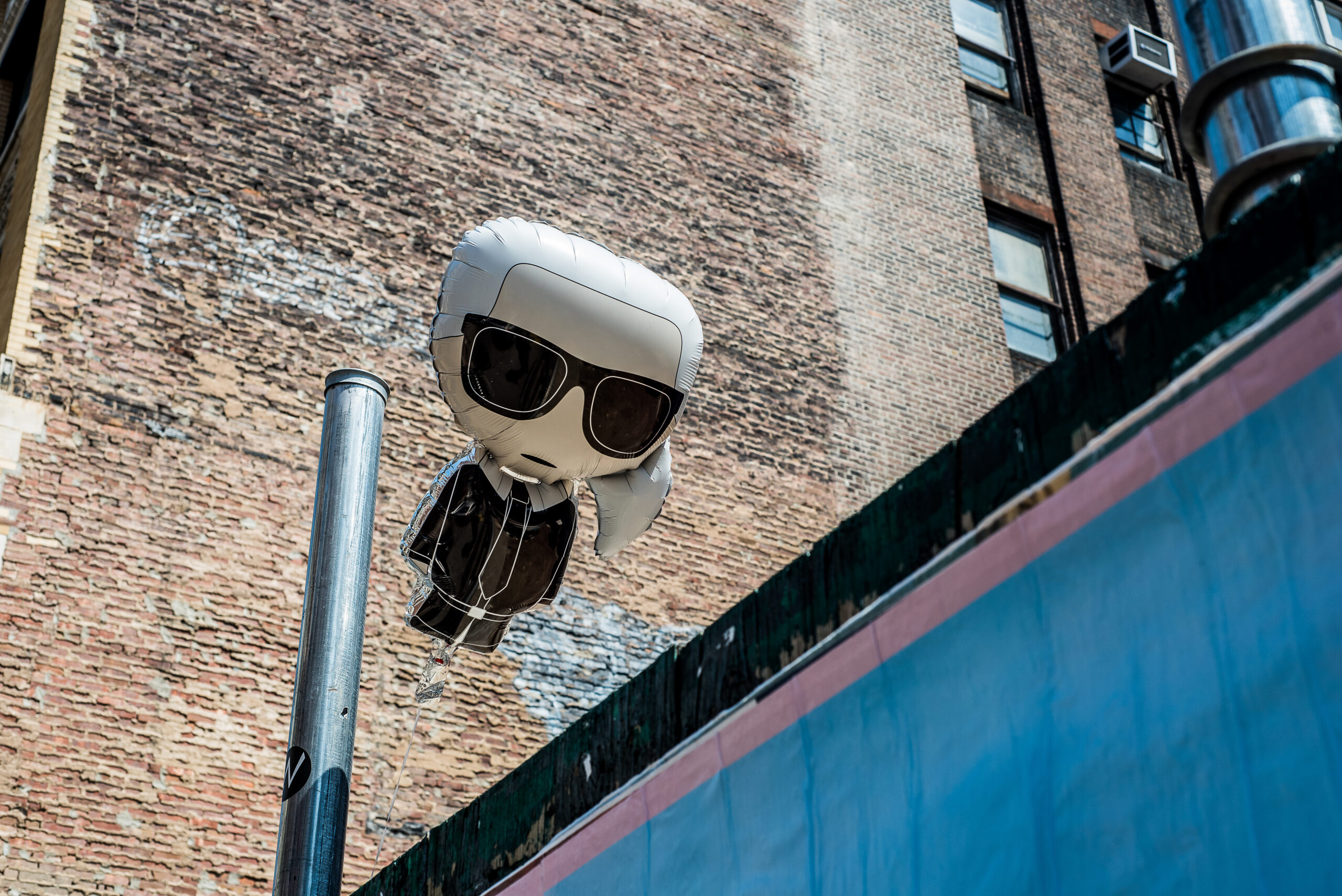AERIAL TECHNOLOGY
Surveillance Balloons
Technology
What type of intelligence do surveillance balloons gather?
Surveillance balloons can gather various types of intelligence, including:
Visual Intelligence: High-resolution cameras and video cameras can be used to capture visual images and video of the area being monitored.
Signals Intelligence: Balloons can carry equipment to intercept and monitor communication signals, such as cell phone conversations, radio communications, and other types of electronic signals.
Geospatial Intelligence: Balloons can carry GPS and mapping equipment to gather detailed geographic information and create maps of the area being monitored.
Environmental Intelligence: Balloons can carry sensors to gather information about the environment, such as temperature, wind speed, and atmospheric conditions.
The specific intelligence gathered by surveillance balloons depends on their design, the sensors and equipment they carry, and the mission requirements.
What technology is used to build a surveillance balloon?
Surveillance balloons can be built using various technologies, such as:
- Aerial imaging cameras – To capture images and video footage of the surrounding area.
- Sensors – To gather data such as temperature, atmospheric pressure, and wind speed.
- GPS – To track the location of the balloon.
- Radio Frequency (RF) Communication – To transmit data from the balloon to the ground control station.
- Balloon envelope and propulsion system – To control the altitude and movement of the balloon.
- Power source – To supply power to the various systems and equipment on board.
These technologies can be combined and integrated into a single system to build a functional surveillance balloon.
Building a surveillance balloon involves several steps:
Determine the Purpose: Identify the specific requirements for the surveillance balloon, such as the type of images and data to be captured, the flight duration, the altitude and range of the balloon, and the budget.
Select the Equipment: Choose the necessary equipment, such as aerial imaging cameras, sensors, GPS, RF communication system, balloon envelope, and propulsion system.
Design the Balloon System: Create a design plan for the balloon system that takes into account the weight, size, and power requirements of the equipment and the size of the balloon envelope.
Assemble the Equipment: Install the equipment on the balloon envelope and connect it to the power source and control systems.
Test the Balloon System: Conduct ground and flight tests to check the functionality and performance of the balloon system.
Launch the Balloon: Launch the balloon and monitor its flight using the ground control station.
Note: It is important to ensure that the balloon system complies with the relevant aviation regulations and laws to ensure safe and legal operation.
The Federal Aviation Administration (FAA) has regulations for flying unmanned aerial systems (UAS), including balloons. The FAA requires a special type of permit called a “Certificate of Waiver or Authorization” (COA) for UAS operations that are not covered under the FAA’s small UAS rule (Part 107). Before flying a surveillance balloon, it is recommended to check with the relevant authorities in your area to determine if a permit is required.
Keith Rambo
Delaware Valley Cyber Technologies , LLC.
February 7,2023. All Rights Reserved. www.delvalcyber.com
[email protected] 215-313-8345
